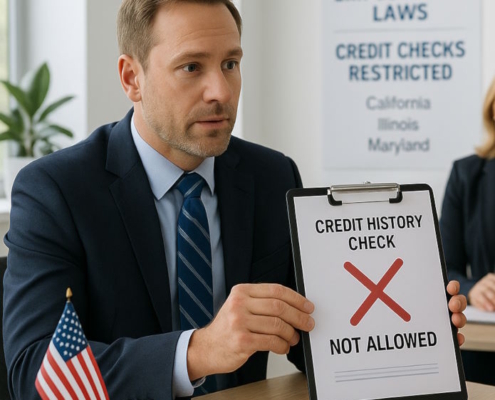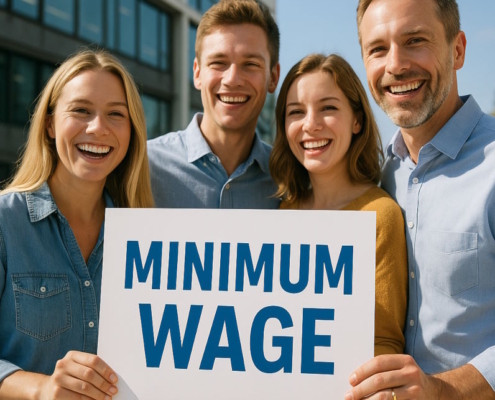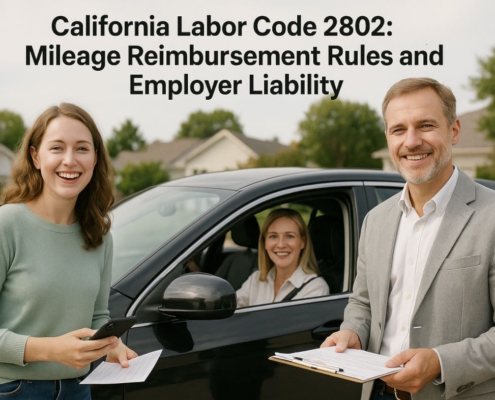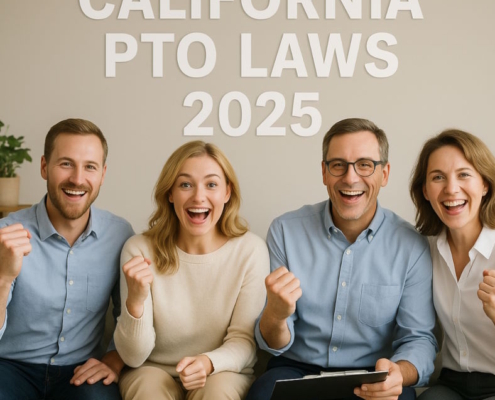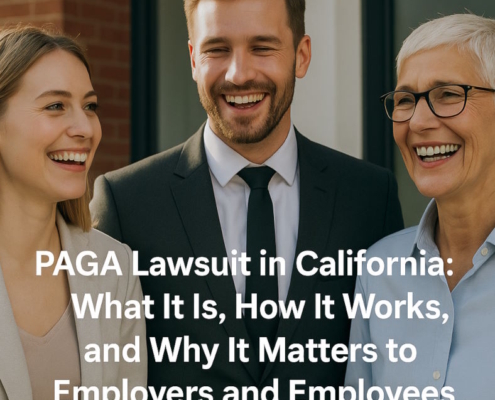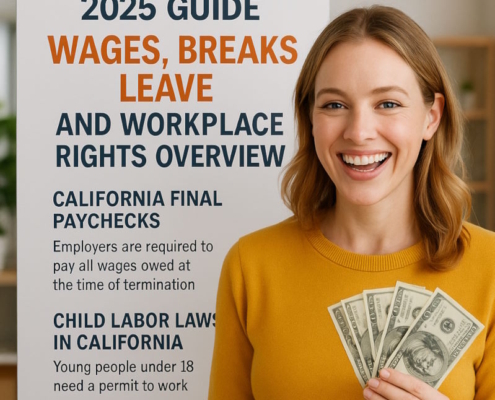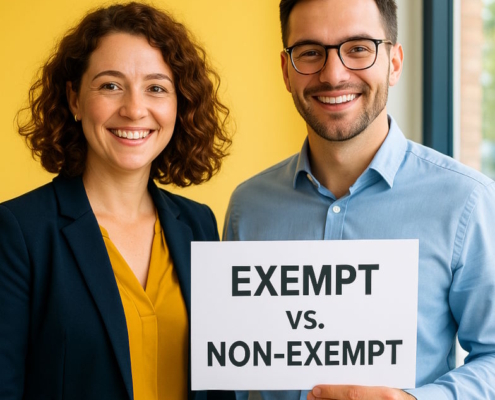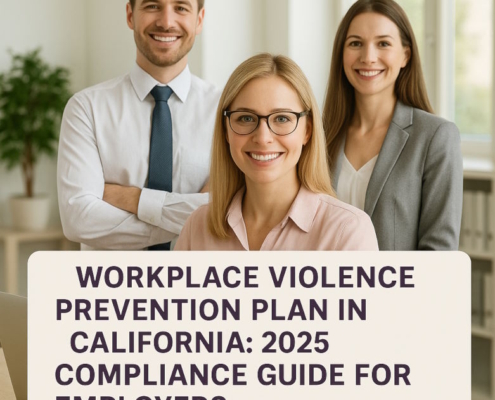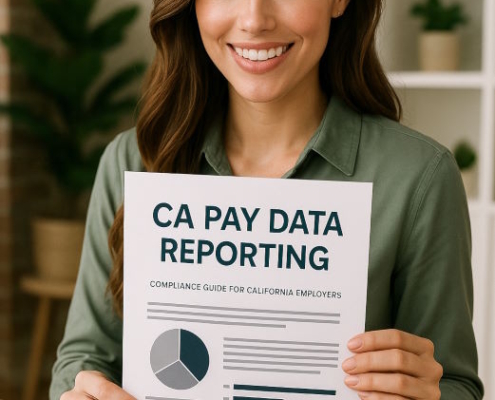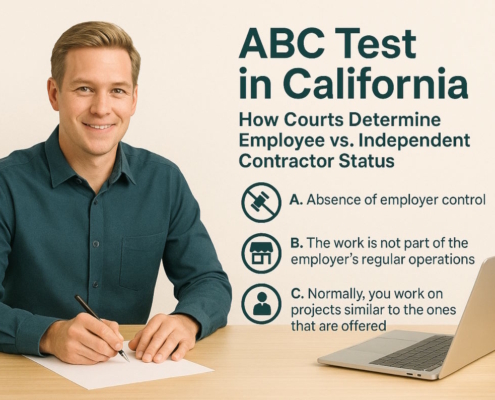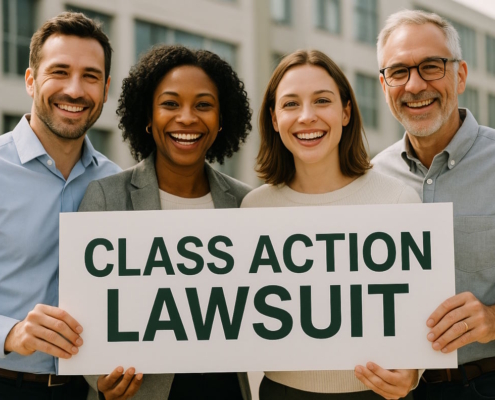Is there a law that prevents workplace age discrimination?
The purpose of the Age Discrimination in Employment Act (ADEA), passed in 1967, is to combat workplace harassment and discrimination based on an individual’s age. Despite this being a great step in the right direction, harassment and discrimination based on age persist in today’s society across all industries.
Half of the employees surveyed by the American Association of Retired Persons (AARP) reported seeing or experiencing age discrimination on the job. Additionally, AARP discovered that when it comes to age discrimination, there are substantial gender differences. Similar to the prior study, 72% of women and 57% of men in the same age bracket believe that individuals experience age discrimination on the job.
The concept of what constitutes “old” among workers is also problematic, particularly for businesses in innovation hubs like Silicon Valley, where prejudice based on age seems to be more pronounced. The average tech worker is in their late twenties, and those who are 35 and up have it tough getting jobs because they are considered “old” in the industry.
Continue reading to find out what age discrimination is and how to recognize it in the workplace.
Legal Protections against Age Discrimination
Discrimination based on age is illegal under the ADEA and includes the following protections for those 40 and up:
- Businesses that employ 20 or more people
- Unions including at least twenty-five workers
- Staffing firms
- The federal, state, and local governments
The ADEA does not provide any protections to military members or independent contractors. People who are younger than 40 years old are likewise not protected by the legislation. But there are state-level anti-discrimination statutes in place to shield minors from unfair treatment.
When harassment occurs frequently or is serious enough to make the workplace unfriendly, or if it results in the victim’s dismissal or demotion, it is considered illegal. More broadly, it’s against the law in the workplace at all times, including:
- Advertisements for Jobs
- Descriptions of Jobs
- Interviews
- Salary negotiations
- Job responsibilities
- Merit raises
- Hiring
- Assessment and management of performance
Workplace Discrimination Warning Signs
You might be on to something if you think you’re a victim of ageism at work. If you think your employer is unfairly treating you differently because of your age, consider these ten red flags.
- Overhearing Insults or Remarks Regarding Age
Those in management positions who make derogatory comments about your age or use a condescending tone may be bordering on harassment. They may not be there just yet, but their actions may indicate a more serious problem.
Time reports that even the oldest boomers who have not been held back professionally due to age can face micro-aggressions. These are defined as brief and widespread daily spoken, social, and environmental insults, whether deliberate or inadvertent, that convey hostile, negative or unfavorable slights and slurs to the target individual or group. This is in line with findings from studies conducted at Columbia University.
- Noticing a Trend in Exclusively Recruiting Younger Workers
The tech industry and Silicon Valley follow a trend, as indicated earlier. According to the EEOC, there is a concerning amount of age discrimination against older workers in technology professions. In fact, 70% of IT personnel have either witnessed or experienced this prejudice firsthand. On top of that, 40% of tech workers over the age of 50 feel their age will hold them back professionally.
Something may be amiss if there is a clear trend of hiring people based on their age at your organization. Even while they won’t admit it, many companies may be actively seeking out younger candidates. This typically occurs as a result of erroneous assumptions on competence, speed of work, expertise, and friendliness.
The usage of the word “overqualified” by an employer could indicate age bias. An employer cannot discriminate against an older worker because of their age on the grounds that they may get bored or unhappy with their work and quit.
- Being denied a promotion
Possible proof of age discrimination includes a promotion denial that went to a younger employee despite your greater qualifications. An age discrimination claim will have more weight if you can demonstrate that older employees have a history of having their promotion opportunities passed over in favor of younger ones, even when there is no proof that these choices were based on merit.
- Being ignored for difficult work assignments
“Lightening the burden,” or taking on less difficult tasks and projects, is one tactic companies use to try to get older workers to leave. This strategy demoralizes and annoys the employee while diminishing their worth to the company as a whole. This keeps alive the stereotype that people in their latter years of employment have less experience and expertise.
- Feeling Excluded or Isolated
Just like in the last point, your boss or employer may start excluding you from meetings, not include you in decision-making, or even move your desk away from your group or department, all of which will make it harder for you to participate and be an asset to the team.
They might even go so far as to request that you work remotely or move you to an entirely new workplace, which would be a huge upheaval in your life.
- Experiencing Pressure to Retire
As an incentive to get elderly workers out of their jobs, several corporations give early retirement incentives. In most cases, workers find it difficult to say no to such perks. The corporation may nonetheless terminate an employee’s employment even if they decline a retirement package and the opportunity to retire.
Likewise, some businesses attempt to implement forced retirement age policies, even though they are currently prohibited. A mandated retirement age is only permissible in a handful of occupations, including the police and the fire department.
- Getting laid off
Companies of all sizes and types experience layoffs. Your case for age discrimination may be stronger if the layoffs are only affecting older workers. Because of the red tape involved in layoffs, astute employers usually include younger workers in the mix to make the layoffs look less severe.
- Losing your job/position
Cutting a position’s responsibilities and renaming it is an all-too-common practice in American businesses. Employers may be guilty of age discrimination if they fire you and then recruit someone younger to do the same job but with a different title after claiming they are eliminating your position.
- Being given a plan to improve performance
Having your performance reviewed and put on an improvement plan is never a nice thing. Putting you on an improvement plan out of the blue when you’ve always gotten good ratings and never had any performance issues is a surefire way your boss is trying to find a “legal” excuse to terminate you.
- Being punished unfairly
It is important to treat all employees fairly. Subtle but undeniable evidence of age discrimination can be that you are more severely disciplined or criticized than your coworkers when you make the same mistakes.
Does Age Discrimination Occur Frequently in the Workplace?
It is difficult to evaluate the prevalence of age discrimination in the workplace because most cases go unreported.
Nonetheless, in 2018, victims of discrimination in private, public, and non-profit sectors were compensated with $505 million after the Equal Employment Opportunity Commission (EEOC) settled 90,558 cases. The number of calls and emails concerning possible accusations of discrimination exceeded 554,000.
Employers’ Role in Combating Age Discrimination
1. Put together a policy
Companies need to spell out what constitutes age discrimination and provide guidelines for how upper-level management should handle such complaints. Spread the word about this policy to every single employee.
2. Consider New Approaches to Interviews
When interviewing prospective employees, there are some questions that are best left unsaid. You shouldn’t include personal details like a candidate’s age, marriage plans, child-rearing intentions, or retirement age in your interview questions.
3. Look over the current policies and procedures
The workplace can also be a source of indirect age discrimination. It is helpful to look for prejudices in places like training, sick leave rules, and recruitment procedures.
4. Implement Policies That Eliminate Discrimination
When it comes to layoffs, employers may worry about how to legally and properly fire employees. Even while it’s not always the ideal option, cutting out a whole division usually takes care of any age discrimination concerns. If you want your business to be in the clear legally no matter what, you should retain the services of an employment law attorney.
Questions and Answers Regarding Age Discrimination
1. Who is protected by the Age Discrimination in Employment Act (ADEA)?
When it comes to hiring, promoting, firing, remuneration, and other aspects of employment, the Age Discrimination in Employment Act (ADEA) safeguards certain applicants and workers who are 40 years old or older against age discrimination.
Employees covered by the ADEA are limited to:
- Businesses that employ 20 or more people
- Groups representing workers with a minimum of 25 members
- Governments at the federal, state, and local levels
- Employment agencies
2. During a job interview, can a potential employer ask about my age?
Employers can lawfully inquire about your age and/or graduation date as of right now. This includes when interviewing with potential employers, who may ask for this kind of information.
3. Is bias based on age common?
Age discrimination accounts for one in five allegations received by the EEOC, according to AARP.
4. How do I prove that I was the victim of age discrimination?
If you have been the victim of unjust treatment, such as harassment, exclusion, unfair discipline, or favoritism, you must provide proof of this. Take notes on any discrimination you encounter and make sure to interview anyone who may have witnessed it.
It is wise to seek the advice of an employment law professional because proving age discrimination is no easy feat.
5. Is it possible for an interviewer to show bias based on an applicant’s age?
Certainly. During an interview, a potential employer cannot legally ask about your age. But a potential employer can already discourage older candidates from applying for a job before the interview even takes place. It is common practice to limit the amount of years of work experience that applicants can have and to only accept applications sent from college email addresses.
6. In the workplace, what are some common forms of age discrimination?
Offensive remarks, jokes, gestures, and visual signals based on age are examples of age discrimination. Any member of your employer’s staff, including supervisors and coworkers, as well as outside contractors like customers, can harass you.
7. In the event that I experience age discrimination, what options do I have?
You have two options: either go through the U.S. Equal Employment Opportunity Commission (EEOC) and submit a claim, or you can hire an attorney and sue. Getting legal advice is usually a good idea. A lot of lawyers will help you weigh your options and even give consultations for free.
8. When does the statute of limitations for a claim of age discrimination expire?
The correct course of action after experiencing age discrimination at work is to move quickly. Time limits for filing claims vary depending on the nature of the incident and the kind of the company you work for.
There are several cases when you only have 180 days from the date of the last discrimination to file a claim. For specific information regarding your case, you should speak with a lawyer specializing in employment law.
9. For an employer, what steps can be taken to avoid discrimination based on age?
A zero-tolerance policy against harassment based on age is the first and foremost requirement. Included in the policy should be instructions on how workers can report discrimination and how the problem will be fixed. This rule must be enforced with utmost seriousness.
To sum up
Both the practice of age discrimination and the ideas upon which it is based are morally wrong. According to Inc., there are usually more upsides to employing older people than downsides.
You have rights if you are a person experiencing age, racial, sexual orientation, ethnic, religious, or disability-based discrimination in the workplace. Federal and state laws make it illegal to be discriminatory, which can help your cause.


